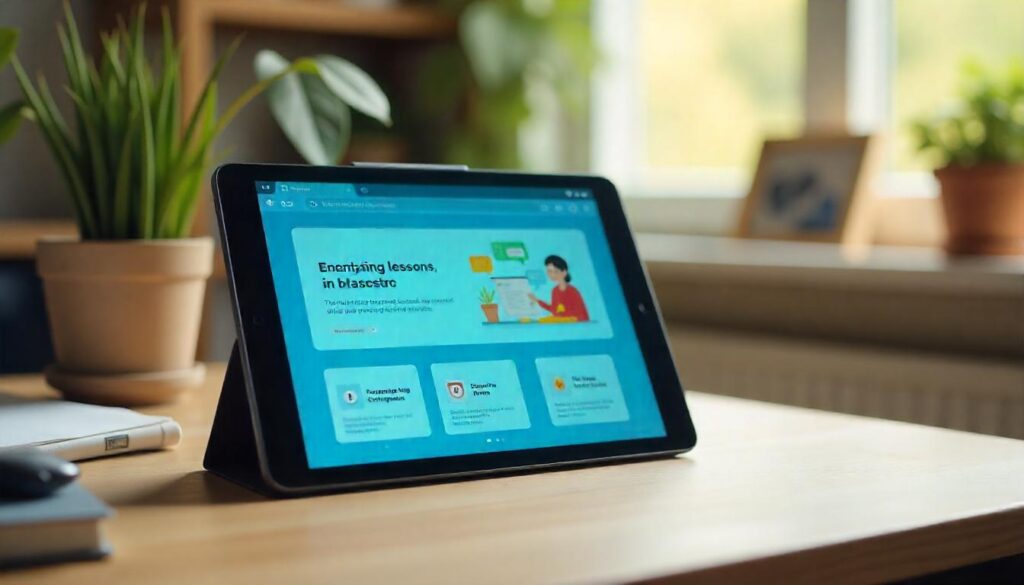Introduction
Education has undergone a seismic shift over the past decade, with online learning platforms emerging as a transformative force. Once considered an alternative to traditional education, online learning has now become a mainstream method of acquiring knowledge, skills, and professional certifications. The rise of digital technology, coupled with the demand for flexible, accessible education, has led to the proliferation of platforms like Coursera, Udemy, edX, and Khan Academy, among many others.
This article explores how online learning platforms are reshaping education, their advantages, challenges, and what the future holds for digital education.
The Evolution of Online Learning Platforms
1. Early Beginnings
Online education dates back to the early days of the internet when universities and institutions started offering correspondence courses in digital formats. The advent of Massive Open Online Courses (MOOCs) in the early 2010s marked a significant milestone, making high-quality education accessible to millions worldwide.
2. The Growth of EdTech Companies
With increased internet penetration and mobile accessibility, platforms like Coursera, Udemy, and edX started partnering with top universities and industry leaders to provide specialized courses in various disciplines. These platforms democratized education, allowing learners from different socio-economic backgrounds to access world-class content at a fraction of traditional tuition costs.
3. The COVID-19 Catalyst
The COVID-19 pandemic further accelerated the adoption of online learning. Schools, universities, and training institutions had to pivot to digital platforms almost overnight. The crisis underscored the necessity and viability of online learning, pushing institutions to invest in robust digital infrastructures.
Advantages of Online Learning Platforms
1. Accessibility & Inclusivity
One of the biggest advantages of online learning is its global accessibility. Students from any location, regardless of financial status or physical ability, can access high-quality courses.
💡 Example: A student in a remote village can take an AI course from MIT without traveling to the U.S.
2. Flexibility & Self-Paced Learning
Unlike traditional classrooms, online learning allows students to learn at their own pace. Working professionals, parents, or individuals with busy schedules can fit education into their lives without disrupting their daily commitments.
💡 Example: Platforms like Udemy and Skillshare offer lifetime access to courses, enabling learners to revisit lessons whenever needed.
3. Affordability & Cost-Effectiveness
Traditional education can be expensive due to tuition, accommodation, and travel costs. Online learning platforms offer courses at significantly lower prices, often with financial aid or free versions available.
💡 Example: Many MOOCs provide free courses with an option to pay for certification.
4. Diverse Learning Resources & Personalization
With AI-driven recommendations, learners can receive personalized course suggestions based on their interests and career goals. Interactive quizzes, discussion forums, and peer assessments make learning more engaging.
💡 Example: Duolingo uses gamification techniques to make language learning fun and interactive.
5. Industry-Relevant Skills & Certifications
Employers are increasingly recognizing online certifications, especially those offered by reputed institutions. Job seekers and professionals can upskill with industry-specific courses, gaining an edge in the job market.
💡 Example: Google’s Digital Marketing & E-commerce certification on Coursera is widely accepted by employers.
Challenges in Online Learning
1. Lack of Hands-On Experience
Certain disciplines, such as medical science or engineering, require practical, hands-on training that online courses cannot fully replicate. Virtual simulations and AR/VR technologies are helping bridge this gap but are still in early adoption stages.
2. Student Engagement & Motivation
Without direct supervision from instructors, students may struggle with motivation and procrastination. Many learners sign up for courses but never complete them.
💡 Solution: Platforms now use AI-driven reminders, gamification, and community engagement to keep learners motivated.
3. Digital Divide & Connectivity Issues
Not all students have access to high-speed internet or digital devices, leading to disparities in education accessibility. Developing countries, in particular, face challenges in integrating online learning effectively.
💡 Solution: Initiatives like offline access to content, low-data usage courses, and government partnerships can help mitigate this issue.
4. Quality Control & Accreditation
With thousands of online courses available, ensuring content quality, accreditation, and credibility is a challenge. While top-tier institutions offer recognized certifications, many unregulated courses provide little value.
💡 Solution: Learner reviews, platform partnerships with universities, and standardized accreditation help maintain quality.
The Future of Online Learning
1. AI & Adaptive Learning
AI-powered algorithms will continue to personalize learning paths, adapting content to individual learners’ strengths and weaknesses.
💡 Example: AI tutors that adjust the difficulty level of quizzes based on student performance.
2. Virtual & Augmented Reality in Education
Technologies like VR and AR will enhance experiential learning, particularly in fields like medicine, engineering, and history.
💡 Example: Medical students practicing virtual surgeries using AR simulations.
3. Blended Learning Models
Many educational institutions are adopting hybrid models that combine online coursework with in-person learning, offering the best of both worlds.
💡 Example: Universities incorporating online lectures with in-class discussions and lab work.
4. Microlearning & On-Demand Education
The traditional semester-based learning structure is evolving into on-demand, bite-sized education. Short courses, workshops, and boot camps are gaining popularity as learners seek quick, job-ready skills.
💡 Example: LinkedIn Learning offers short, skill-focused courses for professionals.
5. Blockchain for Credentials & Verification
Blockchain technology is emerging as a secure way to verify and store educational credentials, reducing fraud and simplifying job applications.
💡 Example: Employers verifying a candidate’s certificate via blockchain instead of contacting the issuing institution.
Conclusion
Online learning platforms have undeniably transformed the education landscape, making learning more accessible, affordable, and flexible than ever before. While challenges remain, the continued integration of AI, VR, and adaptive learning technologies will further enhance the online education experience.
As we move into the future, lifelong learning will become the norm, with online platforms playing a crucial role in personal and professional development. Whether for academic growth, career advancement, or personal enrichment, online learning is here to stay—and it’s only getting better.
📢 What’s your experience with online learning? Let us know in the comments!



